In the realm of industrial processes and liquid storage, accurate fluid level measurement is crucial for operational efficiency and safety. One technology that has gained prominence in this field is the hydrostatic level transmitter. By leveraging the fundamental principles of physics and fluid mechanics, hydrostatic pressure transmitters offer a reliable and cost-effective solution for measuring fluid levels in various applications.
Understanding the Working Principles of Hydrostatic level transmitters
Hydrostatic level transmitters are trusted allies when it comes to fluid level measurement. The principle behind their operation is grounded in the relationship between pressure and fluid depth within a container. This relationship is succinctly captured by the hydrostatic pressure formula:
P = ρ × g × h
Where:
P is the pressure measurement value
ρ represents the density of the fluid
g denotes the acceleration due to gravity
h signifies the height or level of the fluid
This formula underscores a direct proportional relationship between the pressure measurement and the fluid's level, assuming the fluid's density and gravity remain constant. Therefore, hydrostatic level transmitters can accurately measure fluid height as long as the density and gravity of the fluid remain unchanged. It's important to note that these transmitters are most effective when operating under atmospheric conditions and in vented tanks rather than sealed ones.
Hydrostatic level Sensor Installation Considerations
When installing hydrostatic level transmitters, positioning is crucial for optimal accuracy. Ideally, the transmitter is placed at the bottom of the tank to directly sense the pressure exerted by the fluid column. However, in situations where mounting at the tank's base is challenging, the SHLT02 series cable hydrostatic level sensor offers a flexible alternative. This type of level transmitter is mounted at the top of the tank, and the cable, along with the sensor, is submerged into the fluid, making contact with the tank's bottom. This approach ensures accurate pressure measurements even in challenging installation scenarios.
Pros and Cons of Hydrostatic level Transmitters
Pros:
↗ Cost-Effective: Hydrostatic level transmitters offer a cost-effective solution for fluid level measurement, making them accessible to a wide range of industries and applications.
↗ Easy Installation and Maintenance: The installation process is relatively simple, and routine maintenance is minimal, contributing to overall operational efficiency.
↗ Accuracy: Hydrostatic level transmitters provide accurate level measurements, making them suitable for applications where precision is paramount.
Cons:
↗ Limited to Atmospheric Conditions: These level transmitters are best suited for atmospheric pressure conditions. Changes in pressure due to variations in weather or altitude can affect measurement accuracy.
↗ Dependent on Constant Fluid Properties: To maintain accuracy, the fluid's density and gravity must remain constant. Any changes can lead to incorrect level measurements.
↗ Exclusive to Liquid Level Measurement: Hydrostatic pressure transmitters are designed for measuring liquid levels. They are not suitable for solids level measurement.
Conclusion
Hydrostatic level transmitters have solidified their place as a reliable and cost-effective solution for fluid level measurement. By capitalizing on the principles of hydrostatic pressure, these transmitters offer accurate readings that cater to a wide array of industrial applications. Despite their limitations in terms of working only under atmospheric conditions and exclusive suitability for liquid level measurement, they remain a popular choice due to their affordability, ease of installation, and precision. As technology advances, we can anticipate refinements in these transmitters, expanding their scope and addressing some of their current limitations.

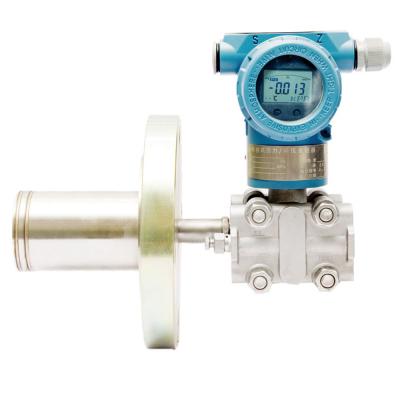 Capacitance Level Transmitter2017/04/13SHLT (smart) flange type capacitive level transmitter can carry on accurate measurement of level and density for all kinds of containers. It is a kind of pressure level sensor .Flush flange and extend...VIEW
Capacitance Level Transmitter2017/04/13SHLT (smart) flange type capacitive level transmitter can carry on accurate measurement of level and density for all kinds of containers. It is a kind of pressure level sensor .Flush flange and extend...VIEW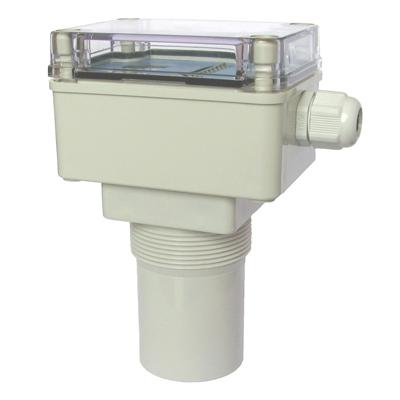 Ultrasonic Liquid Level Sensor2017/08/04Ultrasonic sensor is a sensor developed according to the feature of ultrasonic and ultrasonic liquid level sensor is one of the ultrasonic sensor. Ultrasonic is a kind of mechanical wave with higher v...VIEW
Ultrasonic Liquid Level Sensor2017/08/04Ultrasonic sensor is a sensor developed according to the feature of ultrasonic and ultrasonic liquid level sensor is one of the ultrasonic sensor. Ultrasonic is a kind of mechanical wave with higher v...VIEW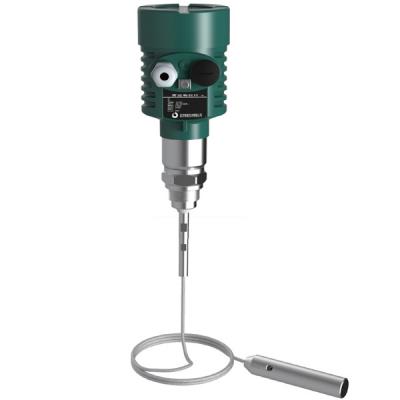 Guided Wave Radar Level Transmitter2017/04/27High frequency microwave pulses travels along the detecting component(steel rope or rod)and reflects when veaching the product surface.The time from emission to reception is proportional to the distan...VIEW
Guided Wave Radar Level Transmitter2017/04/27High frequency microwave pulses travels along the detecting component(steel rope or rod)and reflects when veaching the product surface.The time from emission to reception is proportional to the distan...VIEW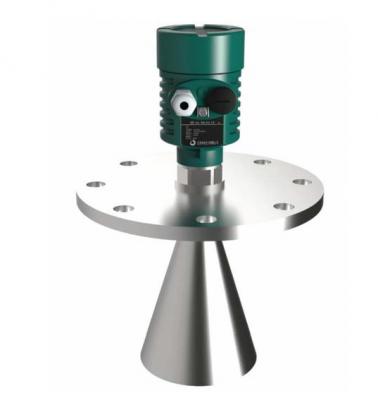 Malt Level Transmitter2018/07/24We choose different kinds level meters according to different applications, the level sensors could be used in open tank, some in sealed tank, some in open lake level measurement, some in extremely hi...VIEW
Malt Level Transmitter2018/07/24We choose different kinds level meters according to different applications, the level sensors could be used in open tank, some in sealed tank, some in open lake level measurement, some in extremely hi...VIEW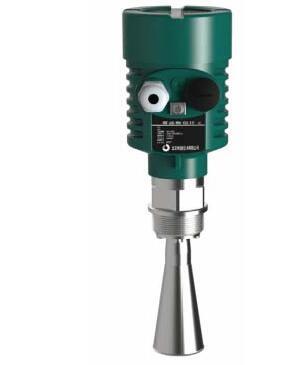 HFO tank level measurement by radar level transmitter2022/02/23Why HFO need level measurement?Heavy oil (HFO), also known as Heavy Fuel Oil, is dark black liquid. Heavy oil is the remaining oil after crude oil is extracted from gasoline and diesel. It has large molecular...VIEW
HFO tank level measurement by radar level transmitter2022/02/23Why HFO need level measurement?Heavy oil (HFO), also known as Heavy Fuel Oil, is dark black liquid. Heavy oil is the remaining oil after crude oil is extracted from gasoline and diesel. It has large molecular...VIEW